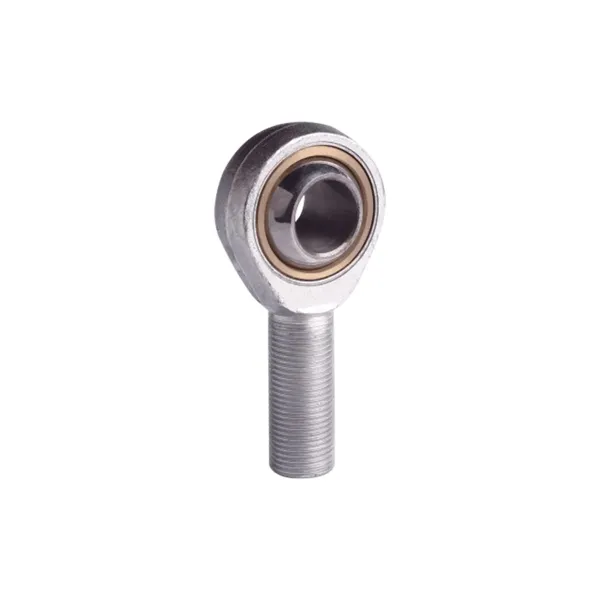What is the function of rod end?
2024-10-15
A rod end, also known as a heim joint or rose joint, is a mechanical articulating joint used to provide a flexible connection between two components in various machinery and automotive systems. It consists of a spherical bearing mounted inside a cylindrical housing with a threaded shaft, allowing for rotational and angular movement.
Functions of a Rod End:

1. Flexible Motion Connection:
- The primary function of a rod end is to allow for pivoting, tilting, and rotating movement between components. This flexibility makes rod ends ideal for connecting parts that need to move relative to one another, such as in steering linkages, suspension systems, or control arms.
2. Transmits Load:
- Rod ends can transmit both tensile (pulling) and compressive (pushing) loads while allowing for the necessary movement. This makes them useful in applications where components experience dynamic or fluctuating forces.
3. Alignment Compensation:
- Rod ends help in correcting misalignment between components. The spherical bearing inside the rod end allows for small angular adjustments, ensuring that connected parts maintain proper alignment even during motion or under load.
4. Reduce Friction:
- The spherical bearing inside the rod end reduces friction between moving parts, promoting smooth motion and reducing wear and tear. Some rod ends are designed with lubrication points or self-lubricating materials to further minimize friction.
5. Vibration Damping:
- By allowing some movement between components, rod ends can help absorb and dampen vibrations in machinery or automotive applications, leading to smoother operation and less stress on other parts.
Common Applications of Rod Ends:
- Automotive: Used in suspension systems, steering linkages, and control arms.
- Industrial Machinery: Found in various control systems and mechanical linkages.
- Aerospace: Employed in aircraft control surfaces and other mechanical connections.
- Agricultural and Construction Equipment: Utilized in heavy machinery linkages for smooth and controlled movement.
Summary:
The function of a rod end is to provide a strong, flexible connection between components, allowing for rotational and angular motion while transmitting load and maintaining alignment. It is widely used in automotive, industrial, and mechanical systems where controlled movement and load transmission are required.


